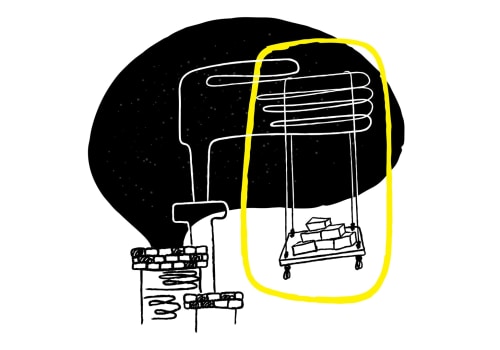One way to update your websites is through the WordPress administrator account, where you can view and take action for each of your individual sites. You'll see the current version of WordPress and the option to upgrade to the latest version of WordPress. Like any other software, an update will ensure that WordPress users can improve their sites with new features, updates, and bug fixes. To manually update your WordPress site, use an FTP client, such as FileZilla or the file manager in the hosting control panel.
To perform the update, you'll need to check if there is an upcoming version of WordPress, make a backup copy, clear the website cache and perform a PHP update. If your WordPress installation can't be updated automatically for one reason or another, the site administrator will also be notified. Also, don't skip updating WordPress themes and plugins so that your website can perform its functions. Before upgrading to the latest version of WordPress, it's essential to prepare for any possible errors.
You'll have to overwrite the old WordPress core files (wp-includes and wp-admin) with new ones. However, with every WordPress update, a series of errors are always fixed and several security holes are fixed, making it difficult for anyone to access your site. Every part of your WordPress website, from plugins to themes to core software, must be kept up to date. Ignoring the update message in your WordPress control panel can cause compatibility problems, malfunctions, or even a complete collapse of the site.
It's funny how updating WordPress itself is actually the easiest and fastest step in the whole process. We'll show you how to update a WordPress site securely using four different methods, both automatically and manually. For new websites created with WordPress 5.6 and later versions, automatic updates to the main version will be enabled by default. If you can't log in to your WordPress dashboard, you'll need to try one of the upgrade methods listed below.
In fact, according to the latest Sucuri report, approximately 49% of pirated WordPress websites are vulnerable at the time of infection.




